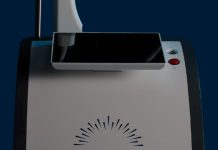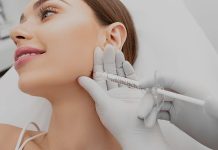When treatment is initiated early in the 6 to 7 weeks postoperatively, there are improved aesthetic outcomes compared to treatments initiated late in the maturation phase (13 to 16 weeks postoperatively.
Postsurgical scars treated with minimally invasive percutaneous collagen induction in the maturation and remodeling phase may have better aesthetic outcomes, according to a study published in the September issue of Plastic and Reconstructive Surgery.
When treatment is initiated early in the 6 to 7 weeks postoperatively, while natural collagen formation was tapering off, demonstrated improved aesthetic outcomes compared to treatments initiated late in the maturation phase (13 to 16 weeks postoperatively, the study showed.
For the study, researchers examined the utility and safety of minimally invasive percutaneous collagen induction in acute postsurgical scars in 25 patients. In the postoperative period, patients received three treatments of minimally invasive percutaneous collagen induction.
Compared with initial measurement, at 16-week post-treatment initiation evaluation, patients had positive improvement in Vancouver Scar Scale, Patient and Observer Scar Assessment Scale, and Global Aesthetic Improvement Scale scores.
When comparing the age of the patient, location of scars, or Fitzpatrick phototype scales among patients, there were no statistically significant differences noted. There was, however, a statistically significant difference in the Patient and Observer Scar Assessment Scale between patients who began treatment early (six to seven weeks postoperatively) with those who began treatment late (13 to 16 weeks postoperatively).
“Although optimal timing of initiation of treatment is still a matter of further investigation, our results showing that microneedling need not be delayed until six to 12 months postoperatively when looking for scar optimization is an important starting point and addition to the literature,” the authors write.






